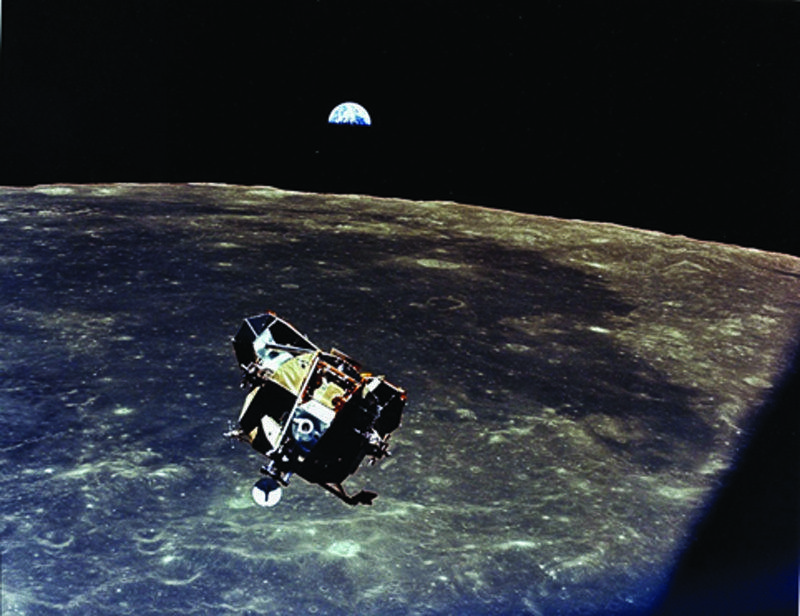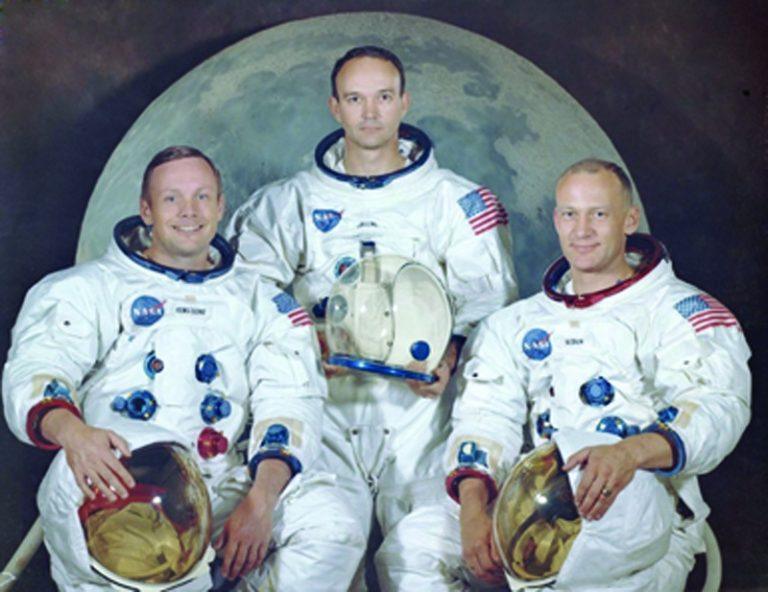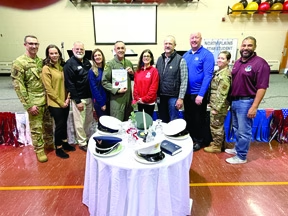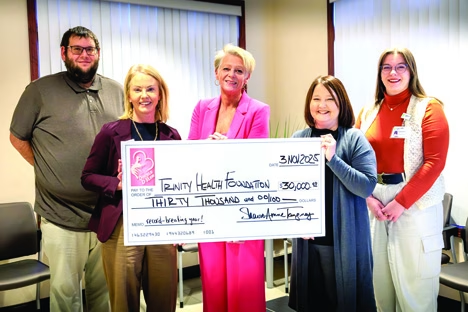Technology is great…when it works! Whether it’s old or new, a vehicle, building, equipment, or tool, the object will not function properly unless all the parts are doing their job. People are needed to maintain technology and they are required to plan, prepare, and execute a given vision.
Two years from now, the final preparations for NASA’s Artemis 3 mission are scheduled to occur for humans to once again, walk on the moon. Over 54 years ago, Apollo 11 was the first manned mission to the surface of the moon. Most people know the name of the first man to step foot on the moon, some begin to struggle recalling the name of the second astronaut to walk on the surface, and truth be told, nearly everyone is unfamiliar with the third man on the mission…who never stepped foot on the moon.

July 16, 1969, the monumental stage was set. The most powerful object built by mankind, the 365-foot-tall Saturn V rocket, was ready to ignite it’s five first stage engines, each prepared to guzzle three tons of propellent in a second. It’s 7.5 million pounds of thrust was capable of vibrating Cape Kennedy’s sand nearly four miles from the launch pad. The Apollo 11 mission was developed over eight years of work at a cost of $24 billion. The program was under much scrutiny, and a popular question asked by the press was which part of the flight would be the most dangerous? Apollo 11 astronaut Michael Collins would always answer, “that part which we had overlooked in our preparations,” saying it was the most truthful yet somewhat evasive answer.
Details are the showstoppers! For Michael Collins, his part or detail was crucial while serving as the lifeboat captain for the two astronauts on the surface of the moon. The three men took a three-day journey, traveling over 240 thousand miles, using the attached space modules Columbia and Eagle. As Eagle detached and delivered the moonwalkers to the lunar surface for over 21 hours, Michael Collins was in the command module Columbia, orbiting the moon for 27 hours. Essentially, he orbited our natural satellite 14 times truly alone, and would spend 48 minutes absolutely isolated from our world without radio contact every two hours.
“Far from feeling lonely or abandoned, I feel very much a part of what is taking place on the lunar surface. I know that I would be a liar or a fool if I said that I have the best of the three Apollo 11 seats, but I can say with truth and equanimity that I am perfectly satisfied with the one I have. This venture has been structured for three men, and I consider my third to be as necessary as either of the other two.”
– Michael Collins
Sometimes it may seem other people are given greater opportunities to succeed, regardless, we all need to excel at whatever we have control over. For Michael, he experienced feelings of “awareness, anticipation, satisfaction, confidence, almost exultation”, while performing his roles. Outside the Columbia window, he knew he added value to the historic mission!
Do you ever feel alone or undervalued? At times you may feel like you’re on the dark side of the moon, but be patient, be ready, find faith in something, and anticipate your rendezvous. We all have a tremendous impact to a family, team, or work center. Your actions and details could be the next showstopper, and it’s our job to make sure that does not occur. I challenge you to act out the wisdom from poet Alexander Pope, “Act well your part, there all the honor lies.” You add value to a mission, and more importantly as Michael Collins discovered, others are depending on you!
For further insight on Michael Collins and to source quotes and facts from this article, locate his autobiography “Carrying the Fire: An Astronaut’s Journeys.” Michael Collins was a USAF fighter pilot, test pilot, and NASA Gemini 10 and Apollo 11 astronaut. He passed away in 2021 but would have celebrated his 93rd birthday on 31 October.
Disclaimer: The views of this article belong to the author and do not represent the official views of the United States Air Force.
Jason Lawyer is a military professional with 15 years of experience working in multiple civil engineering disciplines. He loves all things pertaining to the transportation industry, including the infrastructure needed to support. He has a passion for research and enjoys sharing exciting discoveries. He lives with his wife and children in North Dakota.













